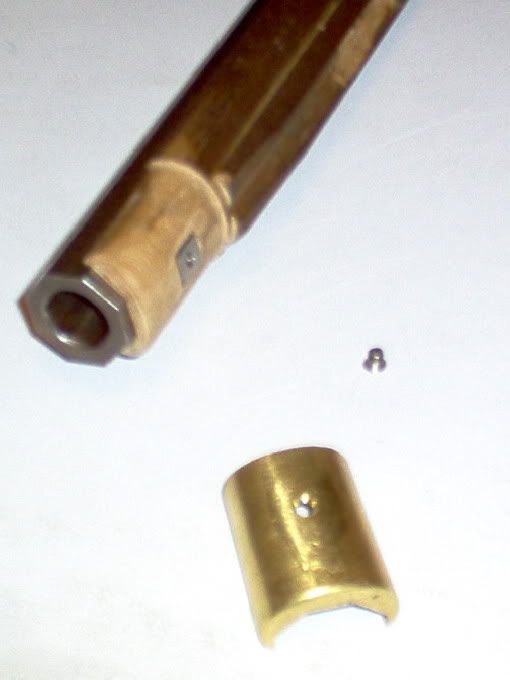I could be wrong, but I don't think that is a common feature of early Virginia rifles. I would believe it less than common for any school of rifles, with an apparent exception of jaegers. While there are examples in the RCA books, I would think it simply a builders personal decision more than a common method of attachment, and would add, a poor decision at that. Jaegers are in general, short, stout, and have thicker barrels than the average American longrifle. They probably were not affected by wood movement to any noticable degree. Aside from that, Virginia rifles, generally, have more English influence than German.






